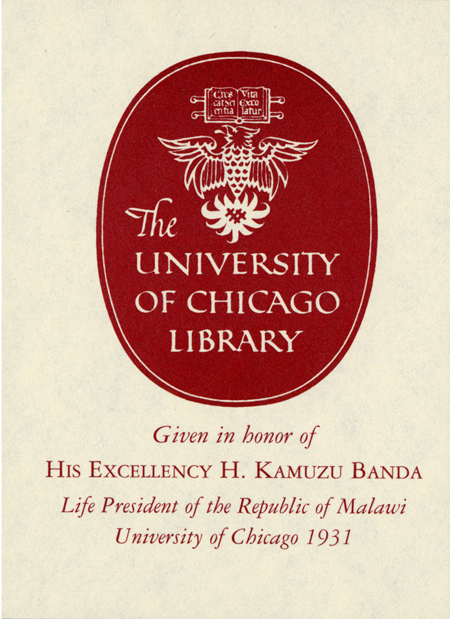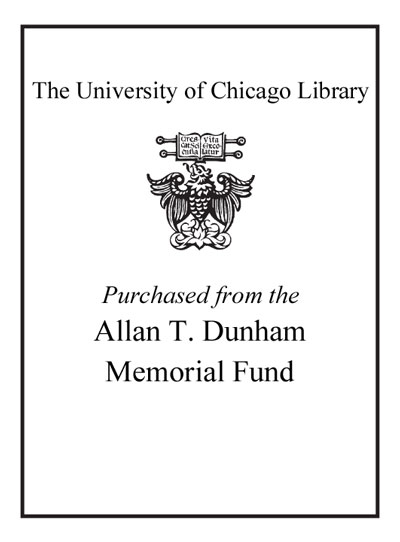Review by Booklist Review
Atkinson, author of the best-selling The Long Grey Line (1989), a chronicle of the West Point class of 1966, here debuts an ambitious three-volume saga about the North African and European theaters of World War II. This first volume covers the conception of Operation Torch through the German surrender in Tunisia in May 1943 and reveals the author's skill in balancing big-picture strategizing with unit-level tactical fighting. And though well researched, Atkinson's diligence is artfully masked by his fluid narrative. To be sure, the author hews to the general historical verdict that Torch was a strategically dubious operation, and the campaign that ensued was the veritable definition of snafu. Atkinson, understanding the inherent terror and confusion of combat, and hence the difficulty in relating it, fixes on the clarifying tool of topography. The ground of every battle is precisely assessed, with the author apprising readers of how often the experienced German army was superior to the green American army in exploiting hills and roads. Having personally tramped over the battlefields in Morocco and Tunisia, Atkinson incorporates their look--the mud, the dust, and the cactus. An exemplary work that feeds anticipation of the succeeding volumes. --Gilbert Taylor
From Booklist, Copyright (c) American Library Association. Used with permission.
Review by Publisher's Weekly Review
Atkinson won a Pulitzer Prize during his time as a journalist and editor at the Washington Post and is the author of The Long Gray Line: The American Journey of West Point's Class of 1966 and of Crusade: The Untold Story of the Persian Gulf War. In contrast to Crusade's illustrations of technomastery, this book depicts the U.S. Army's introduction to modern war. The Tunisian campaign, Atkinson shows, was undertaken by an American army lacking in training and experience alongside a British army whose primary experience had been of defeat. Green units panicked, abandoning wounded and weapons. Clashes between and within the Allies seemed at times to overshadow the battles with the Axis. Atkinson's most telling example is the relationship of II Corps commander George Patton and his subordinate, 1st Armored Division's Orlando Ward. The latter was a decent person and capable enough commander, but he lacked the final spark of ruthlessness that takes a division forward in the face of heavy casualties and high obstacles. With Dwight Eisenhower's approval, Patton fired him. The result was what Josef Goebbels called a "second Stalingrad"; after Tunisia, the tide of war rolled one way: toward Berlin. Atkinson's visceral sympathies lie with Ward; his subtext from earlier books remains unaltered: in war, they send for the hard men. Despite diction that occasionally lapses into the melodramatic, general readers and specialists alike will find worthwhile fare in this intellectually convincing and emotionally compelling narrative. (Oct. 2) Forecast: While there's no clear news hook for this title, Atkinson is well known enough to garner readers on name recognition. An eight-city author tour will help raise awareness, as will the marketing of the book as first volume of the Liberation Trilogy, Atkinson's study of WWII. (c) Copyright PWxyz, LLC. All rights reserved
(c) Copyright PWxyz, LLC. All rights reserved
Review by Library Journal Review
A former staff writer and editor for the Washington Post, Atkinson (The Long Gray Line) here offers the initial volume in a trilogy concerning the liberation of Europe during World War II. The invasion of North Africa was the first joint military operation conducted by the Allies, and it influenced many future decisions. Using battlefield reports and archival material, Atkinson tells a fascinating story of the North African campaign that is hard to stop reading, even though one knows the outcome. He includes the perfect combination of biographical information and tactical considerations, and eyewitness accounts give readers an idea of what the average soldier must have endured. Similar in scope to Stephen Ambrose's Citizen Soldiers or Cornelius Ryan's The Longest Day, this book will have wide appeal for both public and academic libraries. [Previewed in Prepub Alert, LJ 6/1/02.] Mark Ellis, Albany State Univ. Lib., GA (c) Copyright 2010. Library Journals LLC, a wholly owned subsidiary of Media Source, Inc. No redistribution permitted.
(c) Copyright Library Journals LLC, a wholly owned subsidiary of Media Source, Inc. No redistribution permitted.
Review by Kirkus Book Review
First volume in a projected WWII trilogy by Pulitzer Prize-winning journalist Atkinson, who shows North Africa's desert battlefields inspiring America's raw recruits to rise up and defeat Nazi Germany's dangerous professional army. Given his success with modern military history (Crusade: The Untold Story of the Persian Gulf War, 1993, etc.), the penetrating historical insights Atkinson brings to bear on America's 1942-43 invasion of the North African coast are not surprising. Neither the American leadership under Eisenhower nor the GIs themselves understood the level of fury it would take to defeat General Rommel's Afrika Corps, argues the author. He finds that the relative ease American soldiers had in pushing aside lackluster Vichy French forces led US generals to also expect a token resistance from the German armies. It was anything but token, Atkinson finds; instead of rolling through the German panzers, untested American forces found themselves brutally manhandled by a more experienced enemy and disparaged as inferior soldiers by their British allies. The author describes Eisenhower's gradual awakening to the need to protect American morale and prestige from British sniping as critical to finding the proper balance between command and international politics. Atkinson also demonstrates that early battle failures such as the one at Kasserine Pass toughened the American soldiers and their leadership: commanders like George Patton and Omar Bradley rose to refute British criticism; GIs learned that defeating the veteran Axis forces would take more personal discipline and sacrifice than they had ever imagined. By the end of the campaign in North Africa, the author convincingly argues, the American army emerged from North Africa ready to lead the Allied forces onto the European continent to finish off the Nazi threat. The most thorough and satisfying history yet of the campaigns in North Africa. (Two 16-page photo inserts, 18 maps) Author tour
Copyright (c) Kirkus Reviews, used with permission.
Review by Booklist Review
Review by Publisher's Weekly Review
Review by Library Journal Review
Review by Kirkus Book Review


